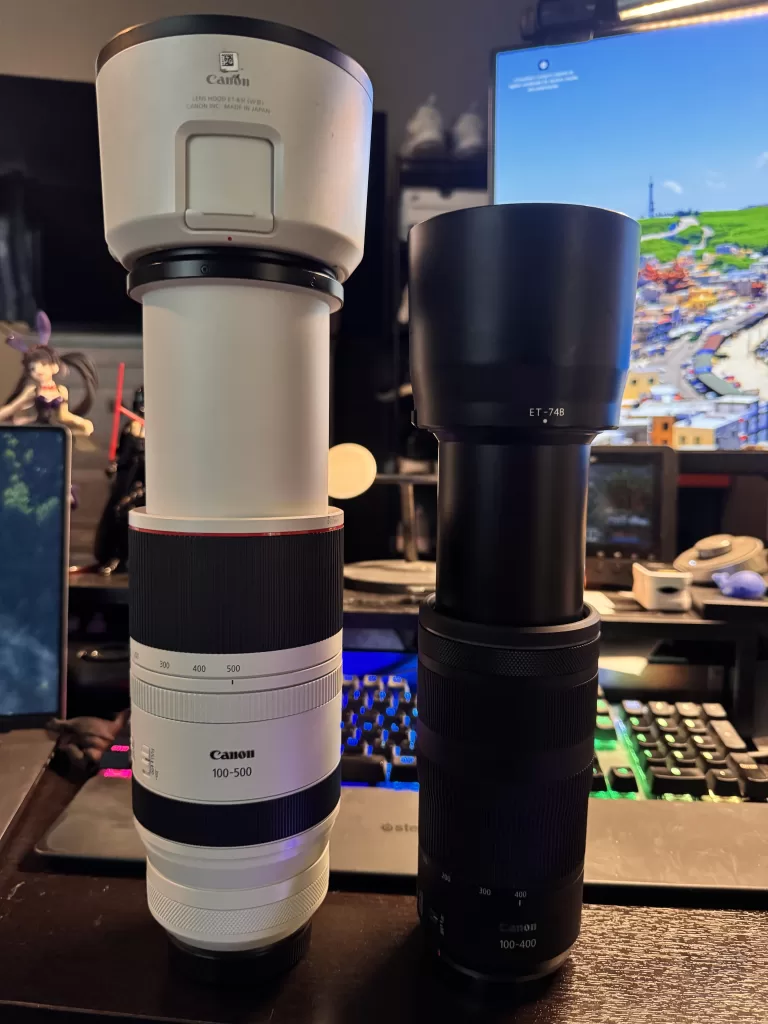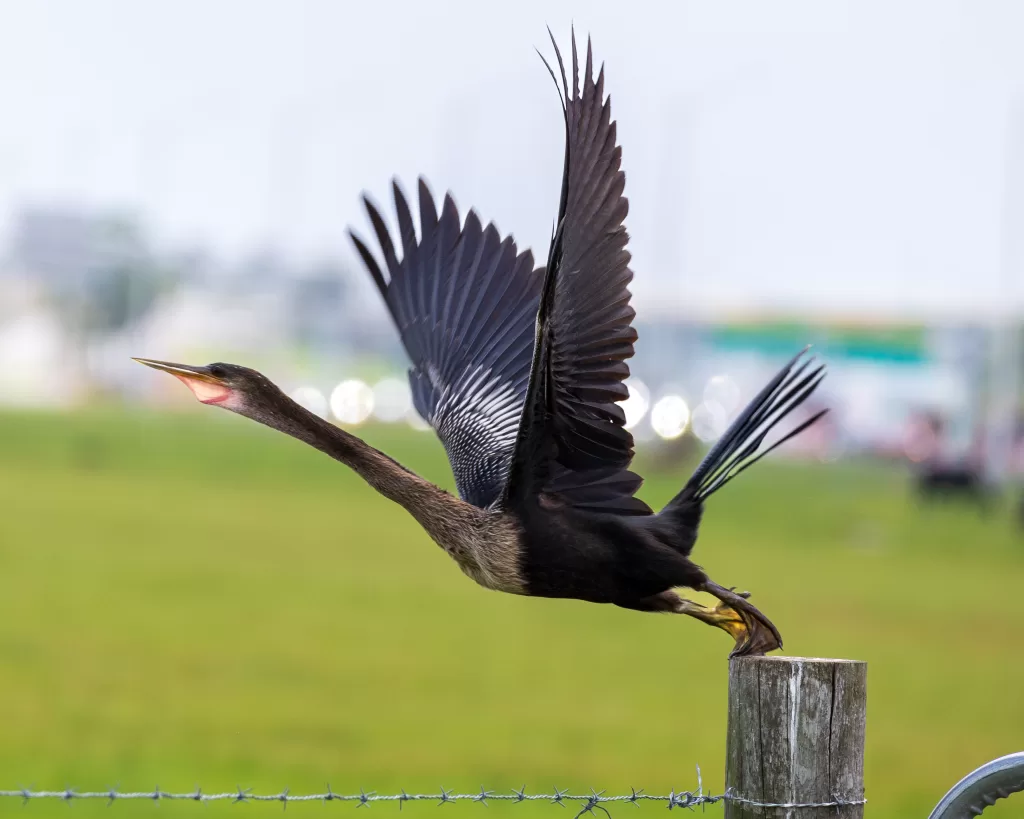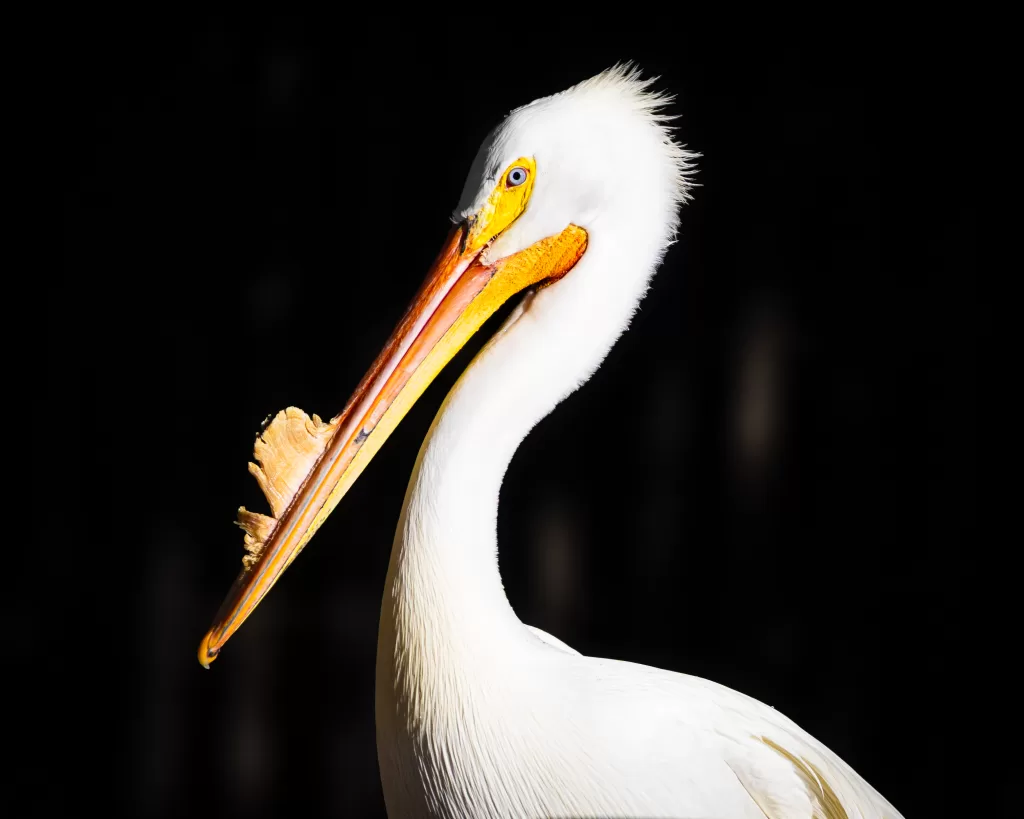Canon RF 100-400mm vs RF 100-500mm: Budget Powerhouse or Pro Precision
If you’ve read my review of the Canon RF 100-400mm f/5.6-8 IS USM, you already know I’m a fan of that lens for its sharp optics and lightweight versatility. But after spending time with both the 100-400 and Canon’s flagship RF 100-500mm f/4.5-7.1L IS USM on both the EOS R7 and R8, I wanted to take the comparison a step further.
This shootout aims to help you decide which telephoto zoom is right for your needs—and your budget.
Price Breakdown (As of May 2025)
| Lens | Current Price | Image Stabilization | Weather Sealing | Weight |
| RF 100-400mm f/5.6-8 IS USM | $649.99 | Yes (5 stops) | No | 635g |
| RF 100-500mm f/4.5-7.1L IS USM | $2,699.99 | Yes (up to 6 stops) | Yes | 1370g |



Build Quality & Handling
There’s no denying the 100-500mm is built like a tank. From its weather sealing to the smooth tension-adjustable zoom ring and tripod collar, everything screams premium. It balances beautifully on the R8, especially with a battery grip or monopod.
The 100-400mm is featherlight by comparison—perfect for all-day handheld shooting, hiking, or travel. Its build is surprisingly solid despite the plastic exterior, and it’s a stealthy, approachable lens that doesn’t draw attention.

Image Quality
Let’s cut to it: both lenses produce sharp, contrasty images, but there are key differences:
- The 100-500mm delivers better sharpness wide open and superior edge performance at 400mm and beyond.
- The 100-400mm can hold its own through much of the range, especially from 100–300mm, but begins to soften slightly past 350mm, especially on high-res sensors like the R7.

Autofocus & Tracking
Both lenses benefit from Canon’s speedy Nano USM autofocus, but the 100-500mm tracks better in complex bird-in-flight (BIF) scenarios—especially on the R8’s full-frame sensor. I noticed more consistent hit rates in challenging light and cluttered backgrounds.
Still, the 100-400mm performs admirably—especially considering the price.


Reach & Versatility
That extra 100mm reach matters, especially if you’re photographing distant wildlife like eagles, owls, or wary waders in Florida wetlands. The 100-500mm gives you more detail and compression, often letting you avoid cropping in post.
That said, for many backyard birders, zoo trips, and travel photography, the 100-400mm delivers more than enough reach in a dramatically smaller, more affordable package.

Which Should You Buy?
Choose the RF 100-400mm if:
- You’re on a budget and want incredible value
- You need a lightweight lens for travel or handheld work
- You don’t often shoot in challenging light or at extreme distances
Choose the RF 100-500mm if:
- You shoot wildlife or sports seriously and regularly
- You want L-series image quality, weather sealing, and low-light confidence
- You already own a full-frame Canon mirrorless body
Final Thoughts
The Canon RF 100-400mm is one of the best deals in the entire RF lineup. But when you’ve experienced the extra reach, premium build, and consistent optical performance of the RF 100-500mm, is it hard to go back? Not really the 100-400 is an exceptional lens for a wide variety of situations and its budget price and compact size a light weight make it a perfect lens to carry with you everywhere you go.
I’ve used both lenses extensively on real-world shoots around Central Florida, and I’ll continue using both. The 100-400 is my go-to for spontaneous birding and light travel. It’s what I take with me everywhere I go, my daily driver. The 100-500 comes out when I need every ounce of performance.
Related Reading
Be sure to check out my original review of the Canon RF 100-400mm f/5.6-8 IS USM for a closer look at why it continues to impress.
And if you enjoyed this shootout, subscribe or follow me on Instagram and Pinterest for more behind-the-scenes shots and lens comparisons.







